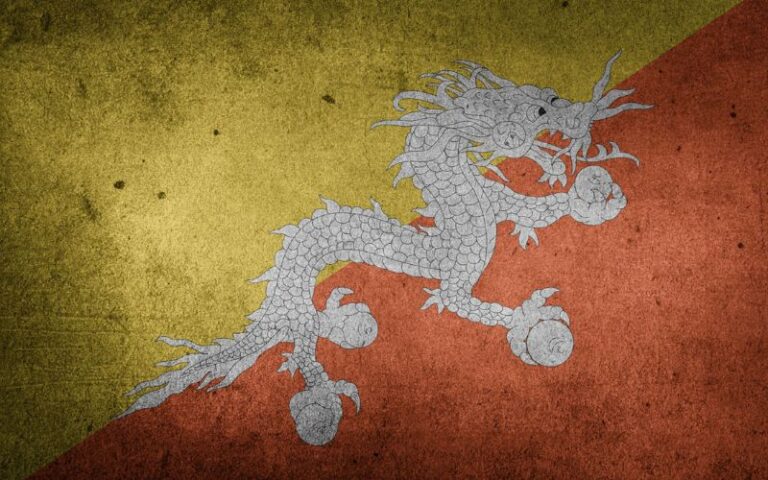Call us: +975 77 75 42 22
NATIONAL SYMBOLS OF
BHUTAN
The country was originally known by many names including Lho Jong, ‘The Valleys of the South’, Lho Mon Kha Shi, ‘The Southern Mon Country of Four Approaches’, Lho Jong Men Jong, ‘The Southern Valleys of Medicinal Herbs and Lho Mon Tsenden Jong, ‘The Southern Mon Valleys where Sandalwood Grows’. Mon was a term used by the Tibetans to refer to Mongoloid, non-Buddhist people that lived in the Southern Himalayas.

NATIONAL FLAG
The National flag is divided diagonally into two halves, orange on the top and yellow at the bottom with a dragon running through the middle. The yellow half signifies the secular power and authority of the monarch while the lower half.symbolizes the practice of religion and the power of .Buddhism, manifested in the tradition of Drukpa Kagyu. The .dragon signifies the name and the purity of the country while. The jewels in its claws stand for the wealth and perfection of the country.

NATIONAL EMBLEM
The National Emblem of Bhutan is a circle that projects a double diamond thunderbolt placed above the lotus. There is a double diamond thunderbolt in the middle with two dragons on each side. The thunderbolts represent the harmony between secular and religious power while the lotus symbolizes purity. The jewel signifies the sovereign power while the two dragons (male and female) represent the name of the country DrukYul or the Land of the Dragon.

NATIONAL FLOWER
The national flower is the Himalayan Blue Poppy (Meconopsis Grandis). It grows to a height of 1 meter and is found on the rocky mountain terrains, above the tree line at altitudes of 3500m to 4500m. Bhutanese tradition links this flower with the yeti of lore. It was discovered in 1933 by a British Botanist, George Sherriff in a remote part of Sakteng in eastern Bhutan.

NATIONAL TREE
The national tree is the cypress (Cupressus torolusa). Cypresses are found in abundance and one may notice large .cypresses near temples and monasteries. This tree is found in.the temperate climate zone, between 1800 to 3500 m. Its .capacity to survive on rugged harsh terrain is compared to bravery and simplicity.

NATIONAL SPORT
Archery was declared as the national sport of the country in 1971 when Bhutan became a member of the United Nations. The bow and arrow play a significant role in.many Bhutanese myths and legends; images of the gods holding a bow and arrow are considered especially favorable. Bhutan also maintains an Olympic archery team. Archery tournaments and competitions are held throughout the country. Friendly Archery matches are also played during religious and public holidays.

NATIONAL DRESS
Men wear the Gho, a knee-length robe somewhat resembling a kimono that is tied at the waist with a traditional belt known as Kera. The pouch which forms at the front traditionally was used for carrying food bowls and a small dagger. Today however it is more accustomed to carrying small articles such as wallets, cell phones and Doma (beetle nut). Women wear the Kira, a long, ankle-length dress accompanied by a light outer jacket known as a Tego with an inner layer known as a Wonju.

NATIONAL ANIMAL
The national animal is the Takin (Burdorcas.taxicolor), a very rare mammal with a thick neck and short muscular legs, similar to the mithun. It lives in groups and is found above 4000 meters in the north- western and far north eastern parts of the country.

NATIONAL BIRD
The national bird is the raven. The Raven represents deity Gonpo Jarodongchen (raven headed Mahakala) and also adorns the royal crown. They are found in northern part of the country. They are found in northern part of the country.
